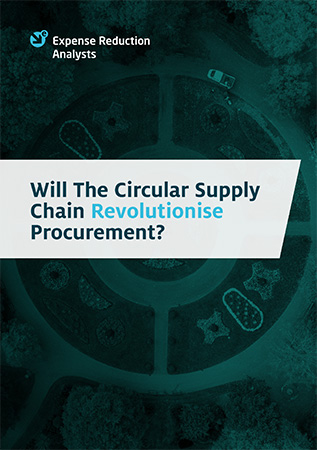Since day one, the supply chain structure has remained almost entirely unchanged.
2.6 million years ago, early humans began making basic tools. They gathered materials, transported them, shaped them, and, voilà, a finished product!
It has remained linear ever since.
You require new materials at the beginning of the process, and at the end, when the finished product breaks or becomes obsolete, it’s thrown out, and the whole process starts again.
That economy generates waste. A lot of waste.
If linear supply chains had a motto, it would be: TAKE, MAKE, WASTE.
The world produces more than 1.8 billion tons of waste every year and that number isn’t reducing. It’s increasing dramatically.
By 2050, the UN predicts the world will be producing almost double that figure.
So, what can you do?
In the past, a lot of the waste went abroad. Until January 2018, China imported most of the world’s plastic waste.
Those days are gone, and countries are required to take more responsibility for their rubbish. But what if there was no waste to dispose?
That might sound like a blue-sky fantasy land. It doesn’t have to be.
Introducing the circular supply chain. Also known as the circular economy.
Download the full publication
Please enter your email address to download this file.
"For it to function as intended, raw materials shouldn't be sourced as new. Instead, you draw them from obsolete, broken or unwanted products. Therefore, the chain becomes an end-to-end loop."


